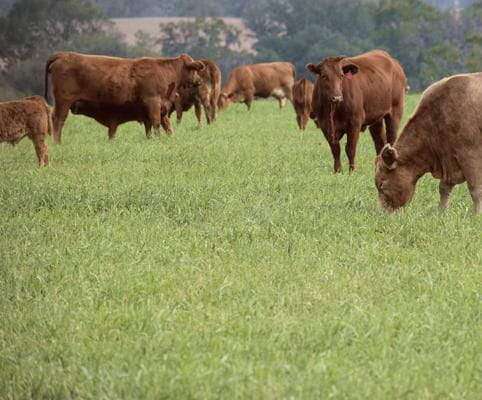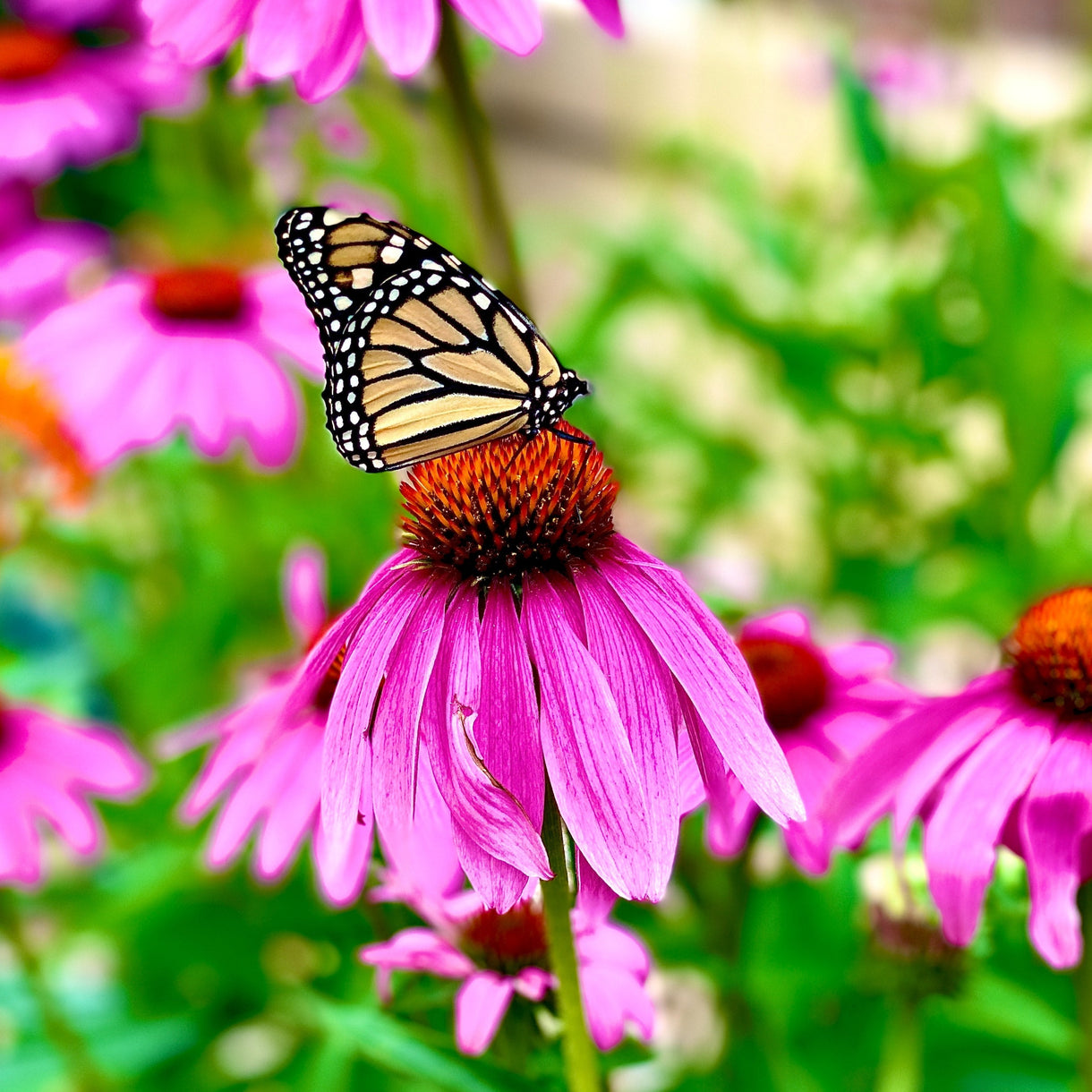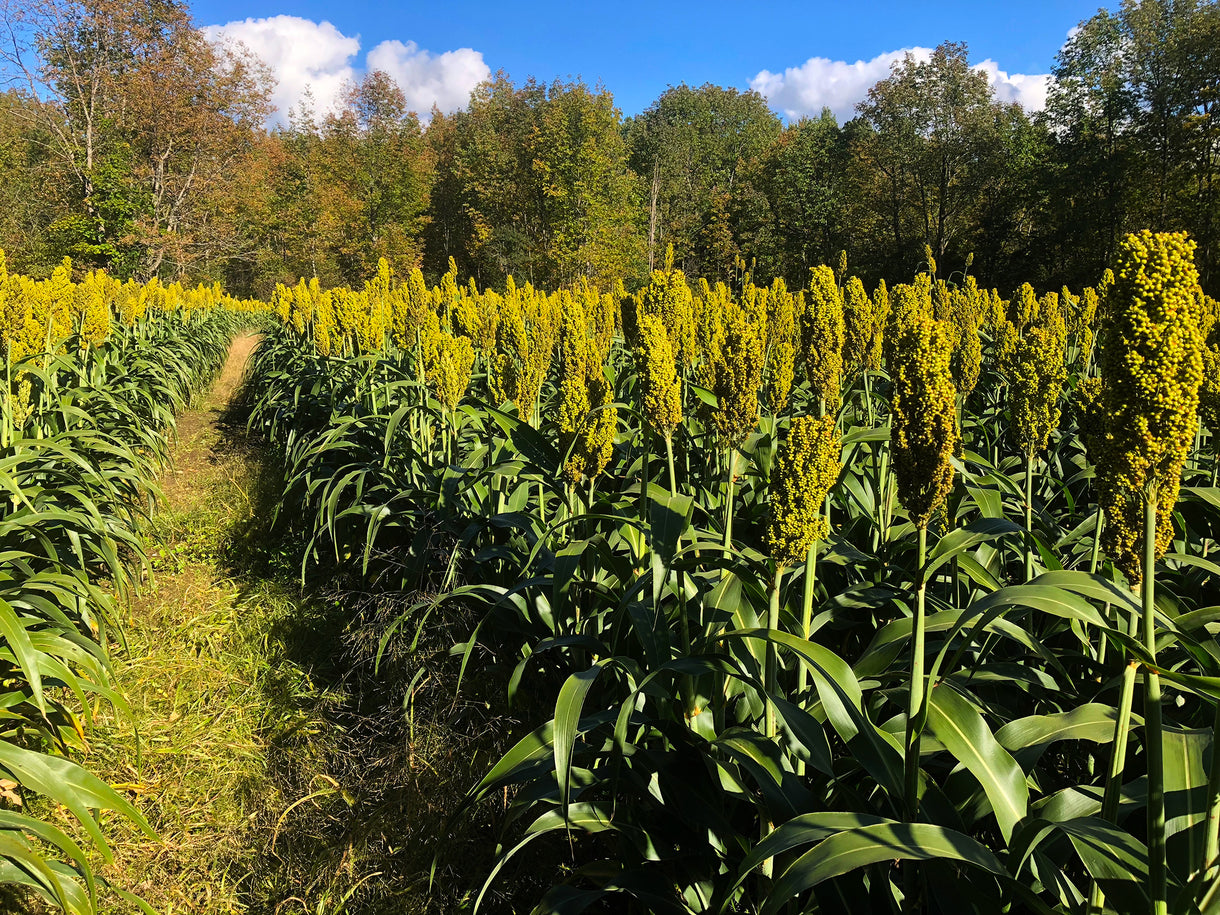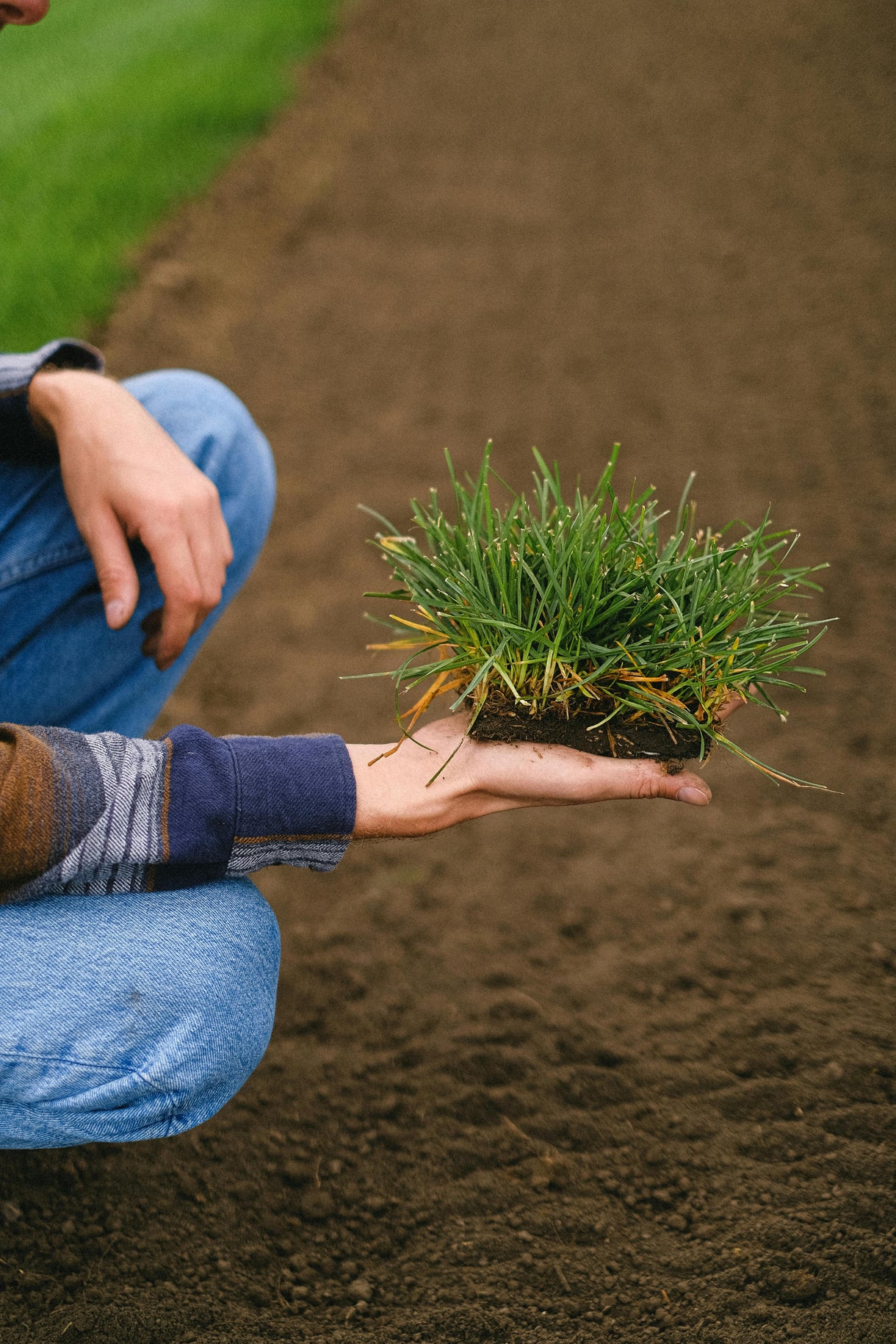Popular Products
Popular Products

Seed Quality
Hancock Seed is dedicated to delivering the best seeds possible to our customers. Hancock Seed grows and harvests many of our products, and we acquire the majority of the rest from other family farmers.
All these seeds are processed, packaged and shipped from Hancock Farm. This helps us ensure that our high standards are met. Unlike much of the competition, we refuse to sell you a seed that was not gathered during the last harvest. You will always receive fresh product from Hancock.
Every seed we grow comes with 40 years of experience behind it...you can rest assured that all of our products are cultivated in a method that assures its potential for growth.

Your cart ( 0 )

A stout, upright and leafy perennial native, this sunflower is a desirable range plant, grazed by livestock. It can be added to cattle, goat or sheep seeding mixtures. A heavy crop of seeds is produced, thus making it a valuable plant for deer, turkey, dove, and other wildlife, including bees.
Product Information
- Application or Use: Pasture, Livestock Forage, Cattle Grazing, Erosion Control, Cover Crop, Ornamental, Pollinator, Food Plot
- Germination Time: 14 - 21 days, under optimal conditions
- Growing Locations: Warm Season, Transition Zone, Cool Season
- Height: 3 - 9 feet
- Sunlight Requirements: 8+ hours, full sun for best results
- Advantages: Highly palatable for livestock forage, natural attractant for bees and butterflies.
- When to Plant: Recommended planting time is spring and summer when nighttime temperatures are consistently 65+ degrees.
Product Detail
- Palatable livestock forage
- Used for erosion control
- Attractant for bees and butterflies
- Ornamental use
- Can be added to livestock mixtures
Product Information
Numerous yellow flower heads grow on its stalk. The leaves are long and narrow (approx. 4 to 8 inches in length), tapering at both ends. They are alternate, coarse, hairy, slightly wavy on the edges, slightly toothed, very pointed, and often folded lengthwise. The flower head is up to 5 inches across, with 15 to 19 ray flowers, deeply veined and slightly toothed on the tip. The center is 1 inch or more across, and green to dark brown. These perennial plants can form large colonies and do well in rich prairies and ditches along the roadside. Maximilian Sunflowers may be used as a natural hedge or tall screen to block out harsh areas, with an attractive, colorful screen due to the plant's long flowering period.
Soil fertility and the amount of moisture will determine the height of the plant. Maximilian do not seem to be temperamental about soil conditions, but require full sun. This sunflower also provides excellent forage for upland game birds and waterfowl (seeds) and deer (leaves). It is a true perennial, requiring two years to become fully established. Plants spread by rhizomes after establishment.
Erosion control: Maximilian Sunflower has a perennial root crown and rhizomatous root system. Annual stems are produced from underground stems. This growth pattern allows Maximilian Sunflower to spread and form dense plant clusters, reinforcing soil and preventing erosion.
Ethnobotanical: Native Americans used parts of this plant as sources of food, oil, dye, and thread. Pioneers planted Maximilian Sunflowers near their homes to repel mosquitoes and used the blossoms in bathwater to relieve arthritis pain.
Livestock: Although the protein value of Maximilian Sunflower is poor, it is a palatable livestock forage species. It remains green late into the fall and is consumed until the first frost makes it less flavorful. It is plentiful on ranges that are not closely grazed. Moderate grazing can increase the presence of Maximilian Sunflower.
Ornamental: The bright yellow flowers of Maximilian Sunflower make it a popular choice for use in native gardens. It can be utilized as a hedge or natural screen because of its height.
Restoration: Maximilian Sunflower is used as a conservation planting for habitat development, prairie restoration and landscaping, and range and pasture maintenance. It can be used in filter strip plantings. It has been used with native grasses in Kansas to revegetate coal mine spoils.
Wildlife: Butterflies, beetles and long and short-tongued bees consume the nectar or pollen that is produced by the flowers of Maximilian Sunflower. Butterfly caterpillars feed on the foliage while moth caterpillars bore through the stems. Upland game birds, small non-game birds, and some waterfowl consume its seeds. Rabbits and groundhogs feed on young plants, while elk, mule deer, white-tailed deer, and pronghorn antelope browse and graze older plants (it has poor nutritional value for these species). Habitat and cover are provided to birds and small mammals by individual plant clusters and dense colonies formed with other shrub-like plants.
*Product packaging may appear different than what is pictured.
Maximillian Sunflower should be planted when soil temperature is between 68 and 85 degrees (spring or summer). Plant at a rate of 1 lb. per 10,000 sq. ft., or 5 to 8 lbs. per acre. Plant at a depth between 1/8 and 1/4 in. If you choose to mix Maximillian Sunflower with prairie mixes, only use .25 lbs. of sunflower seed per acre. Low water use is required for optimal growth, however full sun is ideal. Sunflower seed is tolerant of soil varieties, however moist clay-like soil is best. Limestone-based, sandy, sandy loam and other loams are all acceptable.
Germination will begin in between 7 to 25 days. The typical blooming period is between July and November. Height will range between 3 and 10 ft.
There are, on average, 182,000 seeds per lb. of Maximillian Sunflower seed.
Instructions
When choosing to start a new lawn, remove old vegetation by using a de-thatcher, power rake or tiller to kill the existing vegetation. Rake or drag the area to remove debris and dead grass for a clean area. Ensure the soil is leveled and loosened to allow the seed to have good soil contact once spread on a clean seed bed.
If you have an area with heavy weed coverage, we recommend starting fresh by killing and removing the existing vegetation. If you choose to use chemicals, herbicides or fertilizers, you must check with the product's manufacturer prior to planting new seed to ensure the proper waiting period.
When overseeding an existing area, mow your lawn at the lowest setting and bag the clippingsx. Rake or drag any areas that have dead thatch or debris.
















